How to treat foot calluses, according to experts
Select independently determines what we cover and recommend. When you buy through our links, we may earn a commission. Learn more.
For many, sandal season is approaching, which means it’s time to address any calluses — new or recurring — that you might have on your feet.
While calluses typically don’t create medical issues, they can be annoyingly stubborn, which is why dermatologists and podiatrists often see patients complaining about them. To help you find the best products for preventing and treating foot calluses, we asked a board-certified dermatologist and a podiatrist about what causes the annoying build up of hard, dry skin on your feet. Furthermore, we asked them to share the products they recommend to their own patients — including pumice stones, files, and creams — and break down which items aren’t worth your money and may even cause damage.
Here’s everything you need to know to get baby smooth feet all summer.
SKIP AHEAD What are calluses? | How we picked the best products for foot calluses | The best products for foot calluses in 2024 | How to shop for treatments for foot calluses
What are calluses?
Simply put, a callus is a patch of hard, thickened skin. Friction or repeated pressure typically cause them, so while you can get calluses anywhere, they’re most common in places where your skin is constantly rubbing against something — like your feet.
How we picked the best products for foot calluses
To help you free yourself from the persistent nuisance caused by these hard lumps of tissue, we asked foot experts about the best way to treat stubborn foot calluses and what products they recommend to prevent them. The secret, according to experts we spoke with, is a combination of physical exfoliation, chemical exfoliation, topical hydration, and adjustments to your footwear. Here’s what to keep in mind:
Physical exfoliation: When looking to remove a callus quickly, many people reach for a physical exfoliator like a foot file or pumice stone. These work but it pays to be choosy and proceed with caution, our experts recommended. “The only physical exfoliation that I recommend is a gentle pumice stone in the shower — nothing like a cheese grater,” says Priya Parthasarathy, DPM, is a podiatrist for the U.S. Foot and Ankle Association based in Silver Spring, Maryland and a spokesperson for the American Podiatric Medical Association. “Some people get blades and try to remove the dead skin themselves. Those are all very dangerous.” Harsh files damage the skin, creating the risk of injury and infection and the potential to make the callus worse, according to Parthasarathy. “Causing that area to be traumatized, one can cause the calluses to come back worse because your body’s trying to keep protecting itself,” she says. We looked for products that are both gentle and easily sanitizable to prevent the buildup of bacteria.
Topical ingredients: To keep skin soft, experts recommend foot creams with moisturizing ingredients like shea butter and jojoba oil. To break down hardened tissue at a cellular level, Kiran Mian, D.O,, a board-certified dermatologist at Hudson Dermatology and Laser Surgery in New York City, recommends looking for creams that have exfoliating acids called lytics, which help break down the keratin buildup behind rough and bumpy skin. Our list includes formulas with urea, lactic acid, and salicylic acid.
Inserts: Calluses are caused by repeated friction in a certain area. When it comes to foot calluses, ill-fitting shoes or quirks of your individual foot physiology are often the culprit. Custom orthotic inserts are the most effective way to address the cause of a recurrent callus, but over-the-counter inserts can also be helpful. “I definitely don’t start with saying every patient needs an orthotic,” says Parthasarathy. She recommends starting with an over-the-counter pad designed to fit your area of concern (i.e. a metatarsal pad or cushion for your pinky toe), ideally reusable and made of gel. You may still want to consult a podiatrist. “It’s really important to know where to place this pad to take pressure off the ball of your foot to take pressure off that callus,” Parthasarathy says. “It’s a great test to see if an orthotic would be helpful.”
The best products for calluses in 2024
ForPro Professional Collection Stainless Steel Pedi File Kit
ForPro Professional Collection Stainless Steel Pedi File Kit
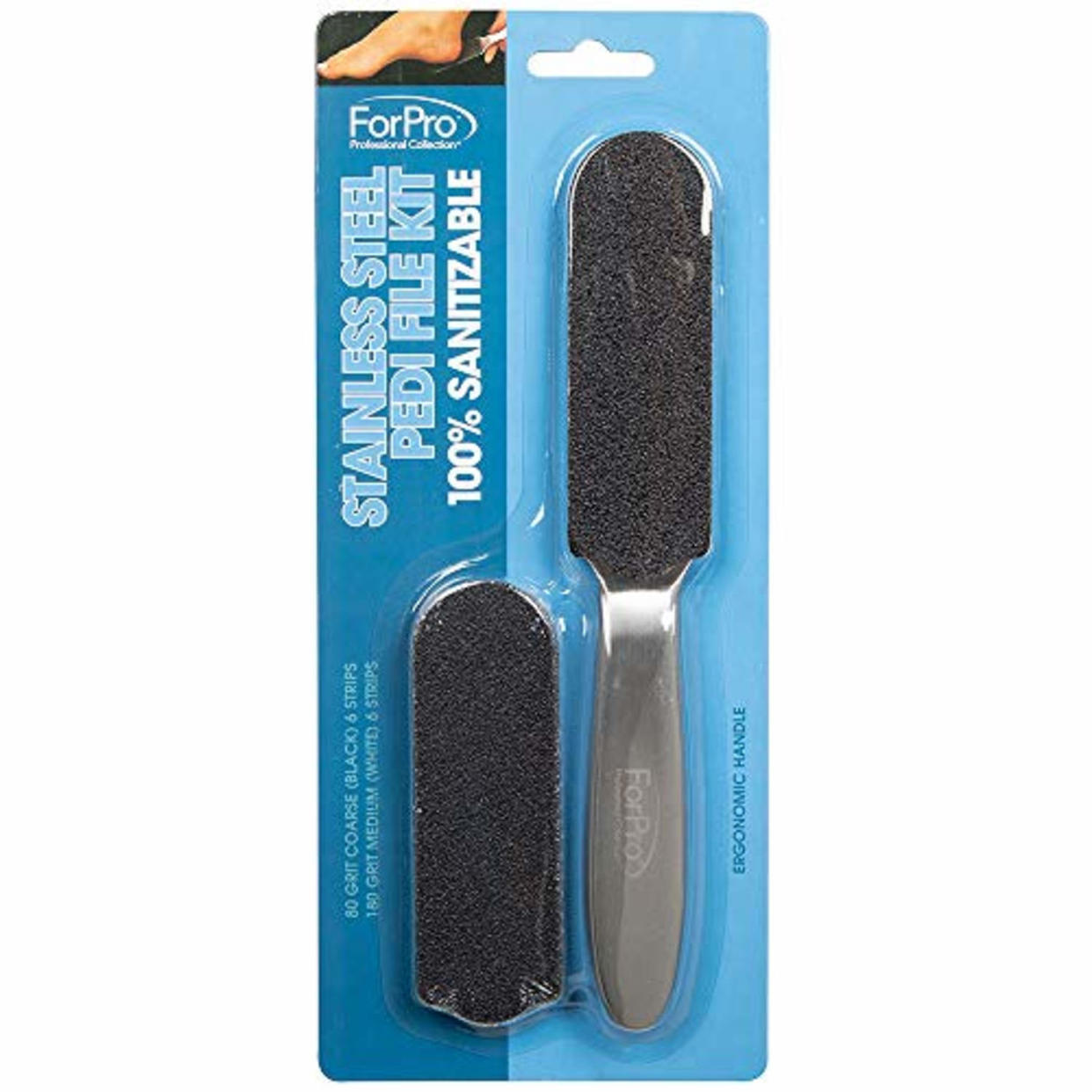
ForPro Professional Collection Stainless Steel Pedi File Kit $ at Amazon
ForPro Professional Collection Stainless Steel Pedi File Kit $ at Walmart
ForPro Professional Collection Stainless Steel Pedi File Kit $ at TNG Worldwide
Cleanliness is a big concern when it comes to finding the right physical exfoliator or foot file, according to Mian. Bacteria and fungus can build up on pumice stones you keep in the shower and introduce the risk of infection, foot fungus, or warts. Mian recommends using a professional-grade foot file with disposable exfoliating pads like the ForPro Professional Collection Stainless Steel Pedi File Kit. Simply remove the sticky, sandpaper-like exfoliating pad and discard after each use. This kit comes with coarse and fine grit exfoliating pads.
Mr. Pumice Pumi Bar
Mr. Pumice Pumi Bar
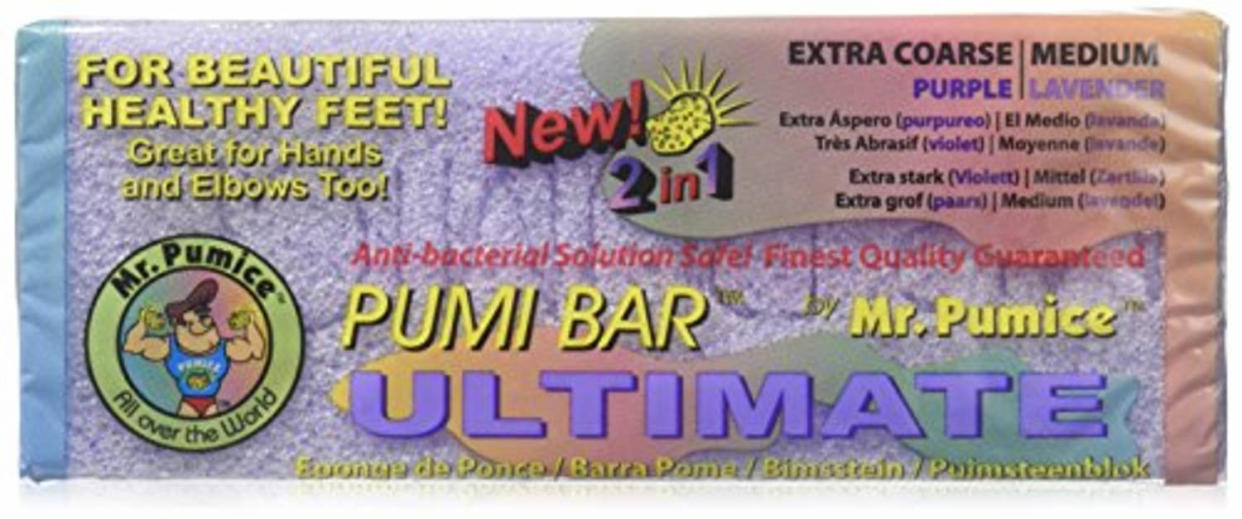
Mr. Pumice Pumi Bar $ at Amazon
Mr. Pumice Pumi Bar $ at Sally Beauty
Both experts we spoke with emphasized the need for gentle exfoliation over harsh foot files. Parthasarathy finds the Mr. Pumice Pumi bar to be just the right amount of abrasive. “It’s very gentle — use it with mild pressure,” she says.
Amlactin Foot Repair Cream
Amlactin Foot Repair Cream
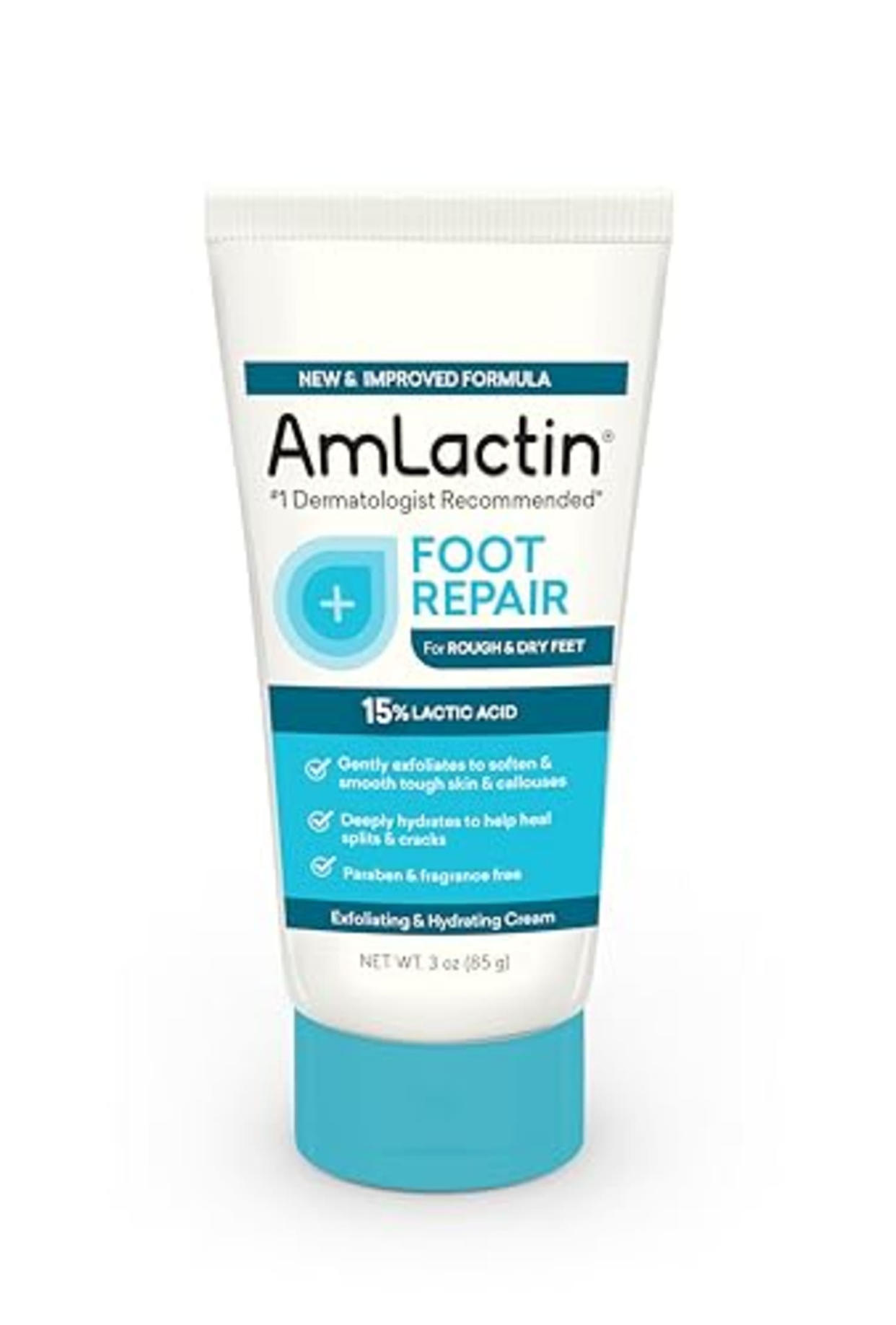
AmLactin’s Foot Repair Cream uses 15% lactic acid to break down the tough keratin buildup behind stubborn foot calluses. It’s gentle, but effective, says Parthasarathy, who recommends using an exfoliating lotion, like this one, twice a day. The results are noticeable, according to reviewers, which is also why it’s included in our guide to the best foot creams in 2024.
Cerave SA Cream for Rough and Bumpy Skin
Cerave SA Smoothing Cream Moisturizer
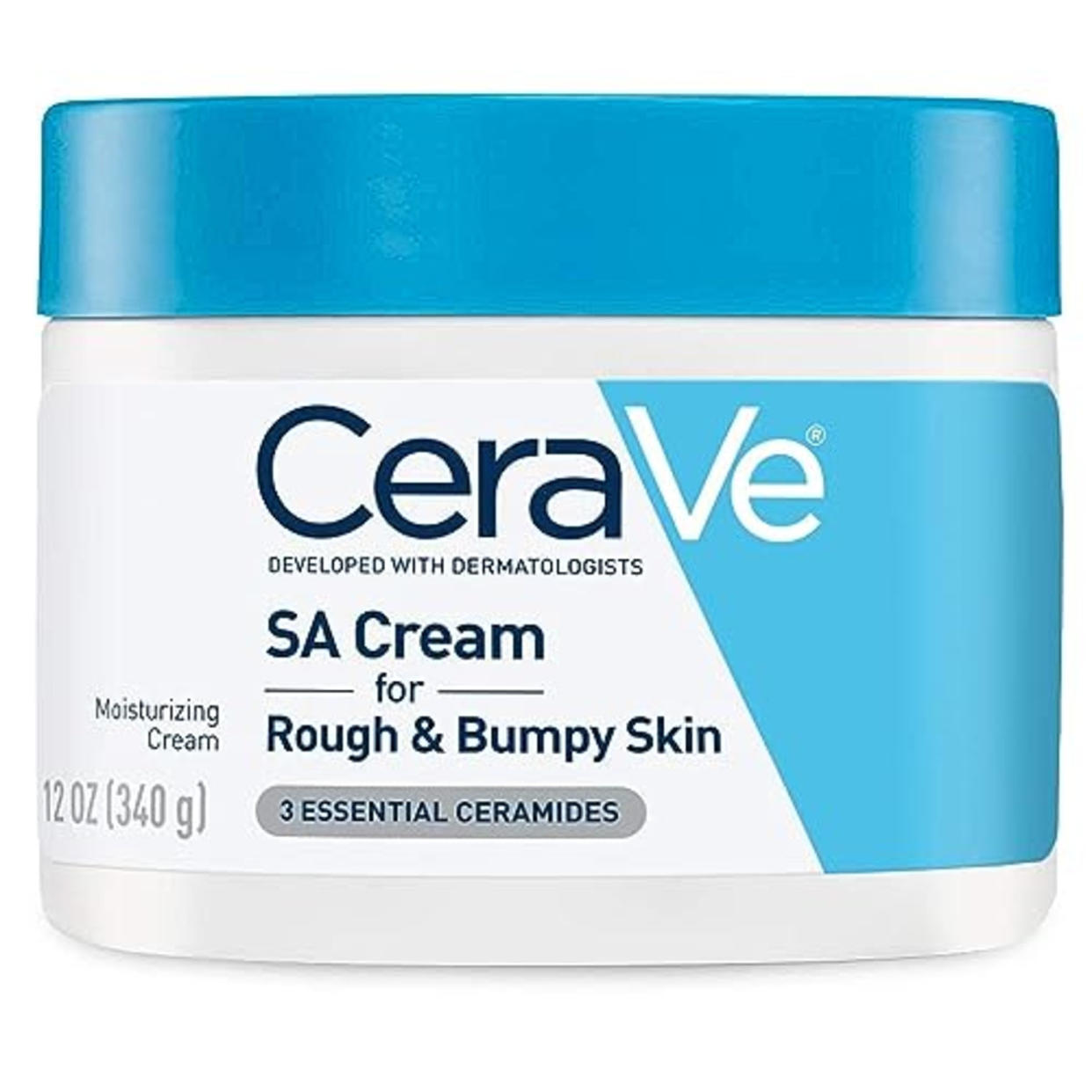
Cerave SA Smoothing Cream Moisturizer $ at Amazon
Cerave SA Smoothing Cream Moisturizer $ at Target
Cerave SA Smoothing Cream Moisturizer $ at Rite Aid
As a multitasking product, Mian likes Cerave’s SA Cream for Rough and Bumpy Skin to treat calluses. The full body cream is technically formulated for psoriasis and has salicylic acid and lactic acid to help gently exfoliate. She particularly likes that this creme also has hydrating barrier building ingredients, specifically ceramides and hyaluronic acid, to help draw moisture into dry foot skin and prevent calluses from coming back.
Eucerin Advanced Repair Cream
Eucerin Advanced Repair Cream
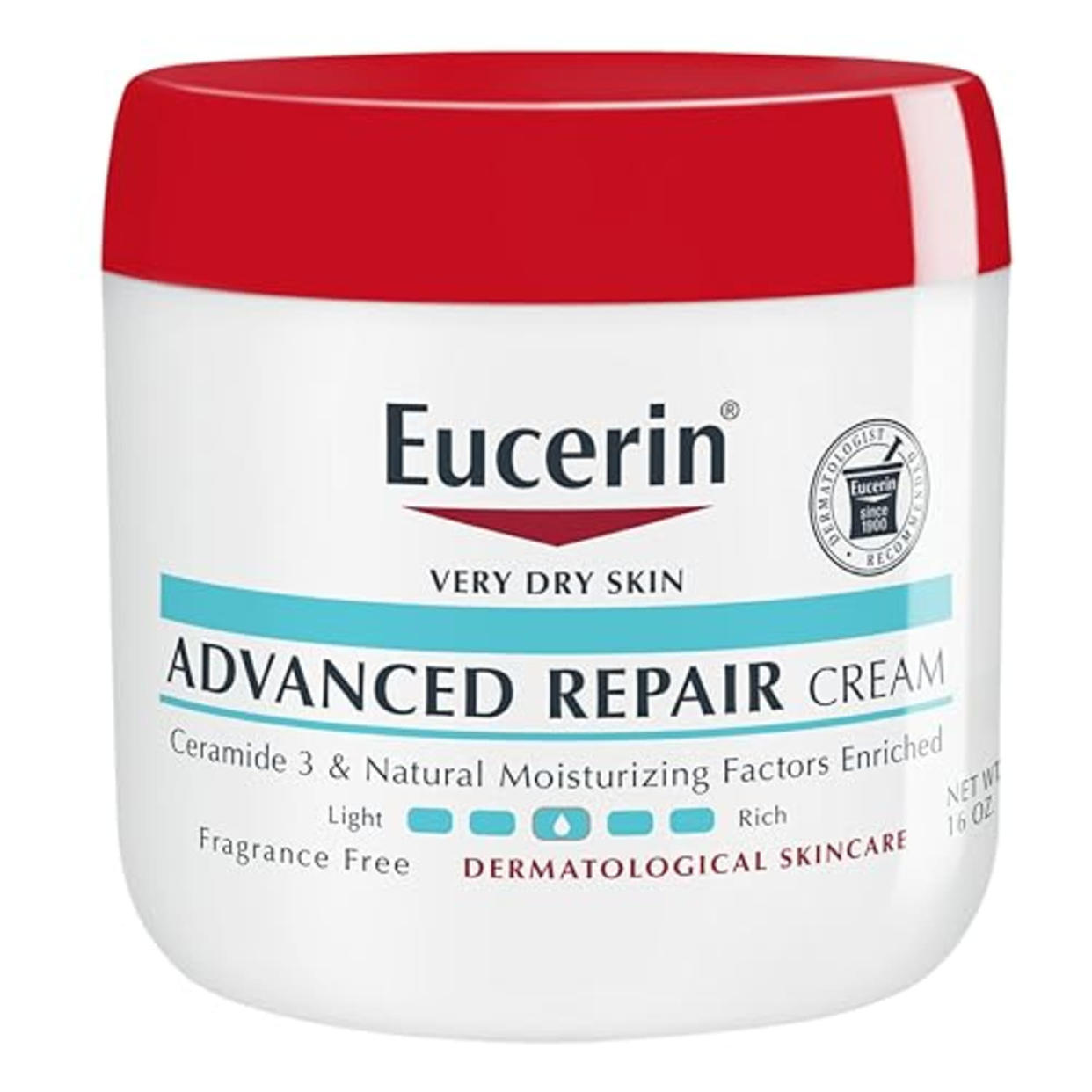
Eucerin Advanced Repair Cream $ at Amazon
Eucerin Advanced Repair Cream $ at Walmart
Eucerin Advanced Repair Cream $ at CVS Pharmacy
While technically not a callus cream, Eucerin’s multitasking Advanced Repair Cream is great for treating calluses, says Mian. In addition to hydrating ingredients including shea butter and ceramides, it also has lactic acid and urea, a keratolytic that helps soften and break down the build up of rough skin.
Eucerin Roughness Relief Spot Treatment
Eucerin Roughness Relief Spot Treatment
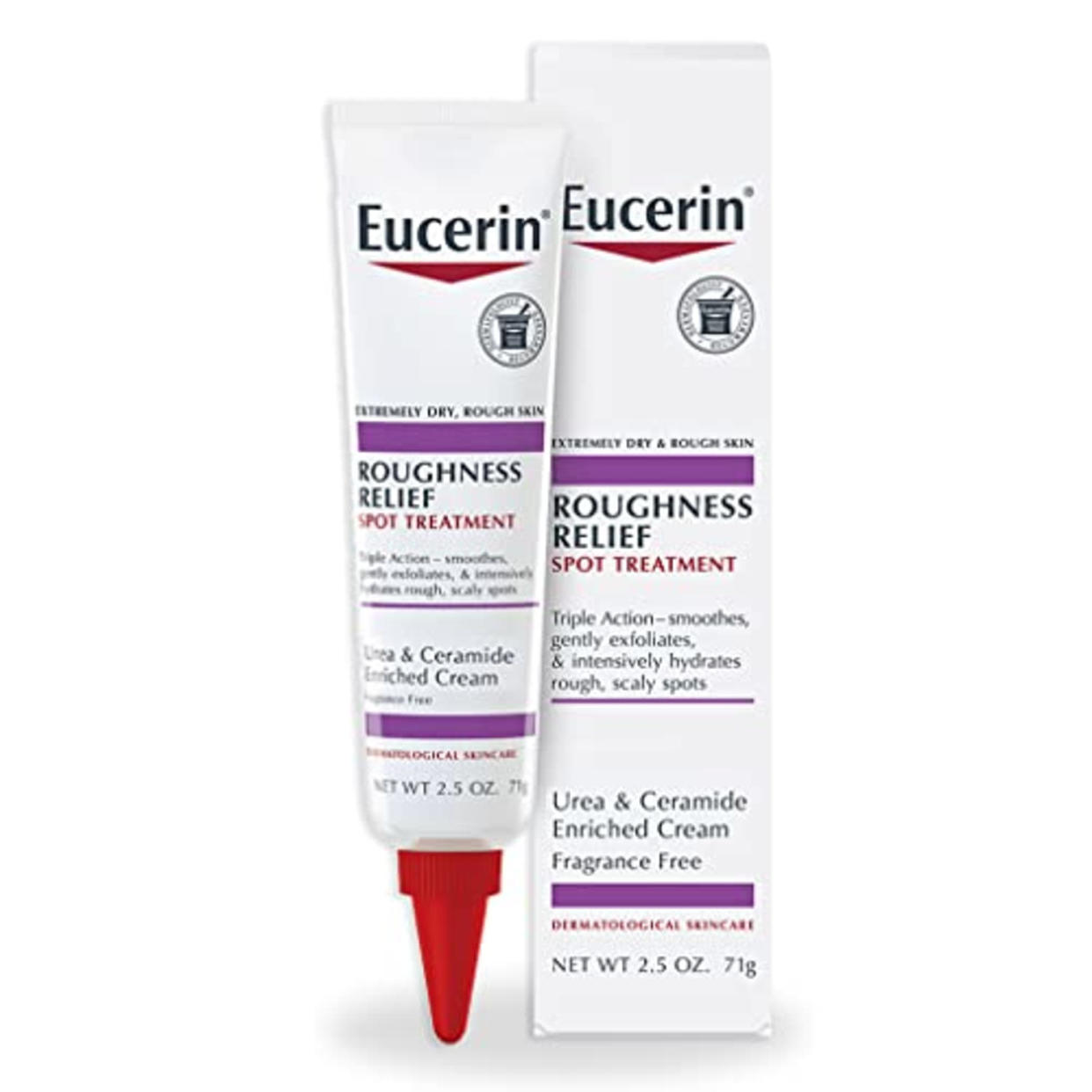
Eucerin Roughness Relief Spot Treatment $ at Amazon
Eucerin Roughness Relief Spot Treatment $ at Walgreens
Eucerin Roughness Relief Spot Treatment $ at Walmart
Mian also likes Eucerin’s Roughness Relief Spot Treatment. Like the brand’s Advanced Repair Cream, it has moisturizers (ceramides and sunflower seed oil) as well as lactic acid and urea to help break down thick patches of callused tissue and soften skin. For stubborn calluses, this formula packs more of a punch: it has three times the concentration of urea than the brand’s Roughness Relief Body Lotion. The targeted spot treatment tip also makes for easier application.
The Inkey List SuperSolutions Dry and Rough Skin Solution
The Inkey List SuperSolutions Dry and Rough Skin Solution
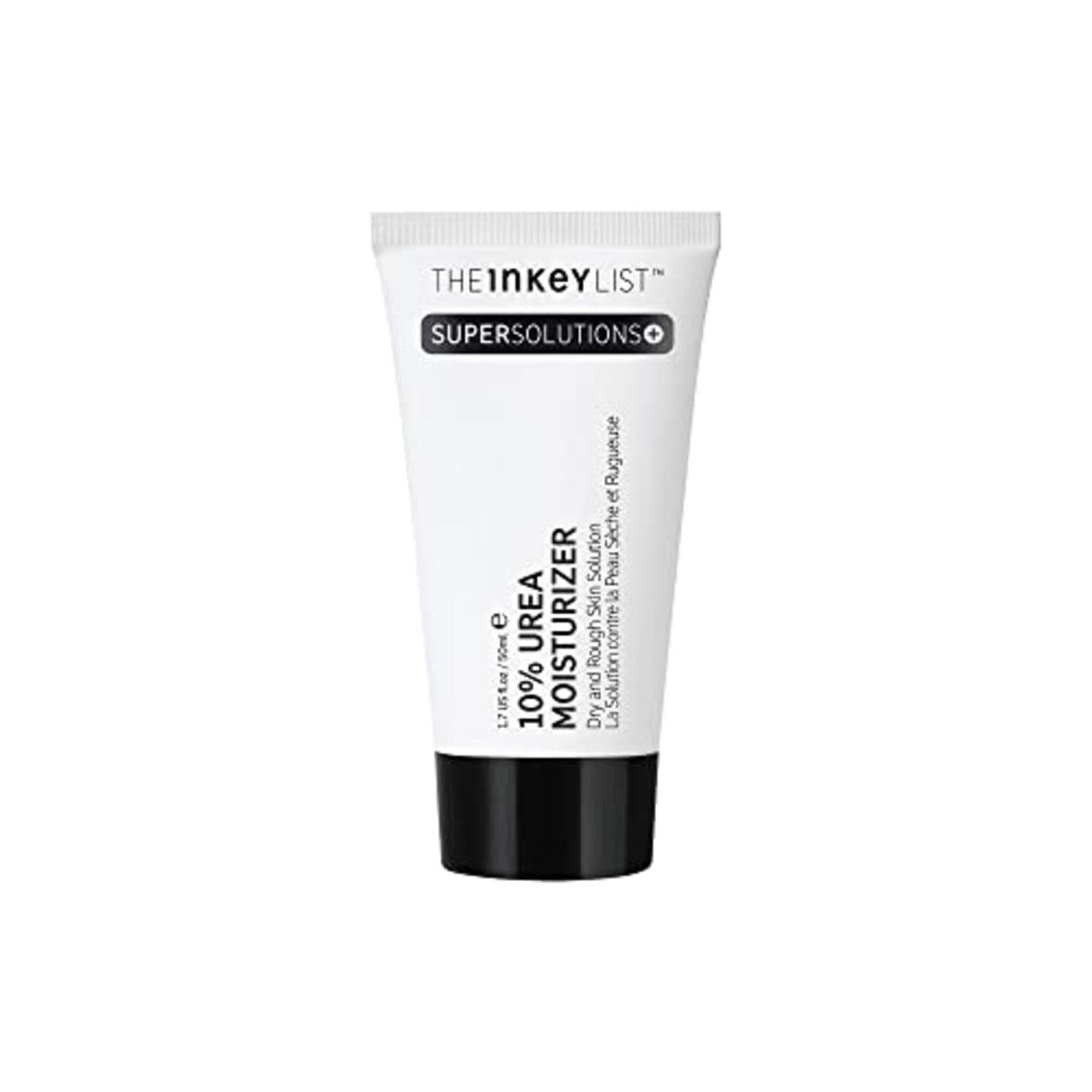
The Inkey List SuperSolutions Dry and Rough Skin Solution $ at Amazon
The Inkey List SuperSolutions Dry and Rough Skin Solution $ at Sephora
The Inkey List SuperSolutions Dry and Rough Skin Solution $ at The Inkey List
Dr. Jill’s Gel Ball of Foot Cushions
Dr. Jill’s Gel Ball of Foot Cushions
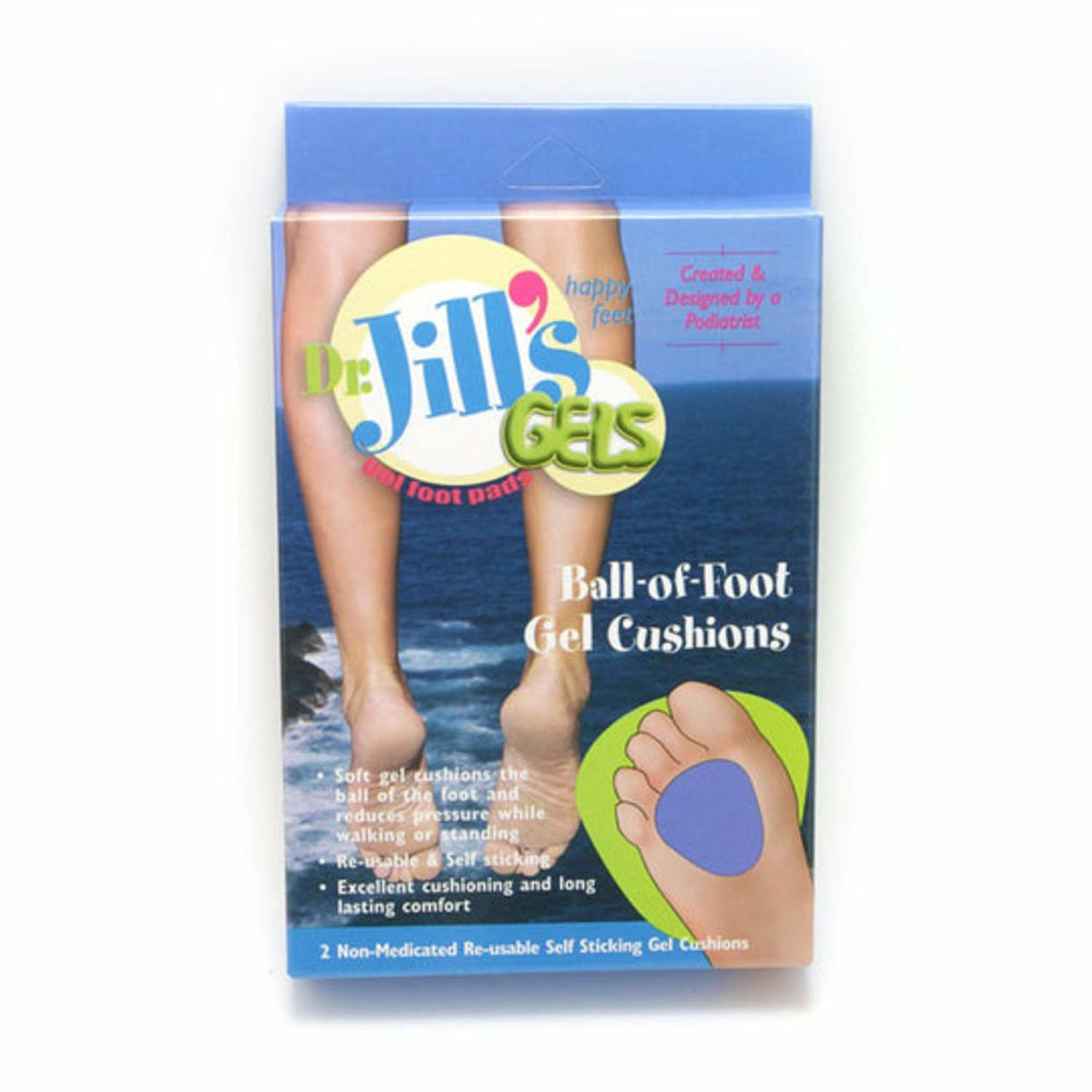
Dr. Jill’s Gel Ball of Foot Cushions $ at Pedicurian
As a first line over-the-counter treatment for foot calluses, Parthasarathy recommends Dr. Jill’s foot pads. The brand has a variety of orthotics in various shapes and sizes for a range of callus locations that come in pads made of gel, foam, and felt. The variety is helpful, given finding the right insert can be “very patient dependent,” she says. Parthasarathy particularly likes Dr. Jill’s Gel Ball of Foot cushions, which are reusable and slim enough to work with most shoes.
Pedestrian Project Cracked Heel Repair
Pedestrian Project Cracked Heel Repair
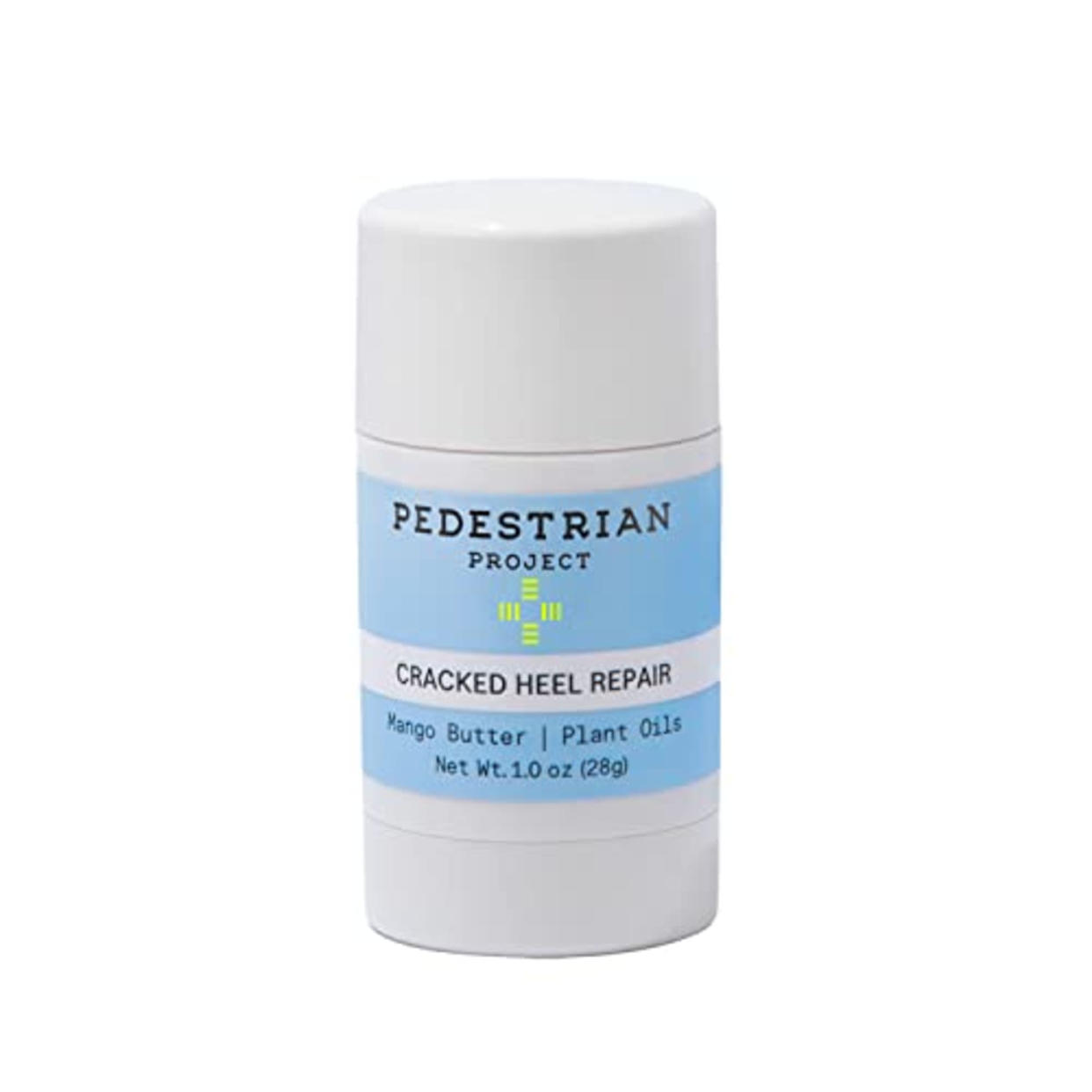
Pedestrian Project Cracked Heel Repair $ at Amazon
Healing dry, cracked skin is a key component of treating a foot callus. Parthasarathy recommends looking for a moisturizer like the Cracked Heel Repair stick from Pedestrian Project. What makes this a favorite of Parthasarathy’s beyond its formula is the applicator. The stick-based formula glides over rough skin on the bottom of your feet and absorbs quickly, making it easy to use in the morning before going about your day.
How to shop for the best products for foot calluses
The best way to treat and prevent foot calluses involves at least three steps, according to our experts: physically exfoliate to remove dead skin, use a topical cream to further exfoliate and moisturize, and address the root cause of the callus by adjusting your footwear. Here’s how to approach each step, including key product features to consider.
Physical exfoliators
There are two main factors to consider when searching for a callus remover: gentleness and cleanliness.
When you physically exfoliate a callus with a metal foot file, pumice stone, or other type of abrasive pad, “you’re creating trauma to the skin — you can actually damage that layer of skin that’s supposed to be moisturized and protecting you,” says Parthasarathy. A gentle exfoliator is key, according to our experts, who both recommended avoiding metal foot files. “Traumatizing that skin can cause the calluses to come back worse because your body’s trying to protect itself,” says Parthasarathy. “And two, you can create areas for infection.”
This is where cleanliness becomes really important. Like any area of your body, cuts or abrasions can literally open you up to bacterial infections. “When it comes to feet, we also worry about fungus and virus,” says Mian. Grubby pumice stones or foot files collecting mold in the shower can lead to athletes’ foot or warts, she says. For this reason, she recommends only using foot files with disposable exfoliator pads “or ones where you can sanitize it by soaking it in alcohol or a bleach solution,” Mian says.
Creams, lotions, and chemical exfoliators
“Some people will just go to the spa, get a pedicure and have them kind of shave off their calluses,” says Mian. “If you’re only going to do that, they’re going to inevitably come back.” To keep feet smooth, our experts recommend pairing mechanical callus removers with a twice daily topical treatment that exfoliates and moisturizes.
Look for callus removal creams or full body creams designed for dry skin, which have a potent mix of hydrators — ceramides, hyaluronic acid, and shea butter or cocoa butter are all effective — and exfoliating acids. “I really like urea, which is a keratolytic, meaning it breaks apart keratin, which is the material that our skin is made of,” says Mian. Lactic acid (or ammonium lactate) and salicylic acid are also effective for treating calluses, says Parthasarathy.
Orthotics and inserts
“Calluses are thickened skin, and they form when there’s constant friction in a certain area,” says Mian. You can prevent certain calluses — like a recurring one on the ball of your foot for example — with orthotic inserts, which can help redistribute your weight, taking pressure off of the problem spot and preventing the problematic friction. You can prevent other types of calluses — say, one on the outside of your pinky toe — by switching to a wider shoe.
Parthasarathy recommends starting with over-the-counter foot pads designed specifically for the area where you have the callus (the back of your heel, your pinky toe, the ball of your foot, etc.) but stresses these typically aren’t a long-term solution or as effective as a custom orthotic. Parthasarathy typically has patients try a foot pad and if they like them then the next step would be to create custom orthotics so they do not have to keep sticking a pad on their foot. “Usually, over-the-counter orthotics don’t take enough pressure off the area in question — they’re going to provide you cushioning, but not enough offloading to prevent the callus.”
Since everyone’s foot anatomy is different, general orthotics might even cause more callus-causing friction in your shoe. The best course of action for a persistent callus that keeps coming back is to consult a podiatrist. They can recommend a specific over-the-counter insert tailored to your problem area to start and then get you fitted for custom orthotics if that’s the best solution.
Meet our experts
At NBC Select, we work with experts who have specialized knowledge and authority based on relevant training and/or experience. We also take steps to ensure all expert advice and recommendations are made independently and without undisclosed financial conflicts of interest.
Dr. Kiran Mian, D.O, is a board-certified dermatologist at Hudson Dermatology and Laser Surgery in New York City. She specializes in holistic treatments to target issues relating to hair, skin and nails.
Dr. Priya Parthasarathy, DPM, is a podiatrist based in Silver Spring, Maryland. She is a spokesperson for the American Podiatric Medical Association and practices with the U.S. Foot and Ankle Specialists, specializing in general foot and ankle care, foot pain, and sports medicine.
Why trust NBC Select?
Macaela MacKenzie is a journalist and former Glamour editor who has covered beauty and wellness treatments for over a decade. For this article, MacKenzie spoke to a dermatologist and a podiatrist about the best ways to prevent and treat foot calluses and highlighted the products they find to be most effective for achieving smooth feet.
Catch up on Select’s in-depth coverage of personal finance, tech and tools, wellness and more, and follow us on Facebook, Instagram, Twitter and TikTok to stay up to date.
